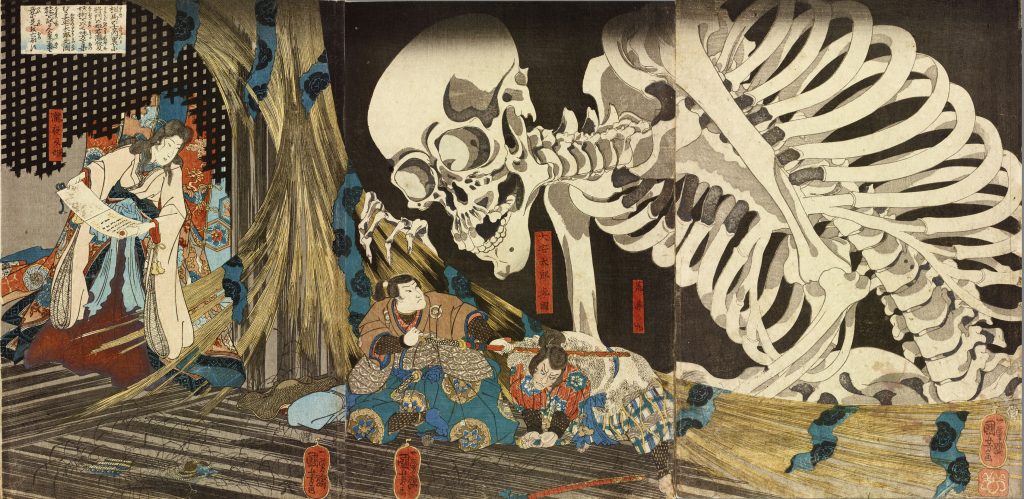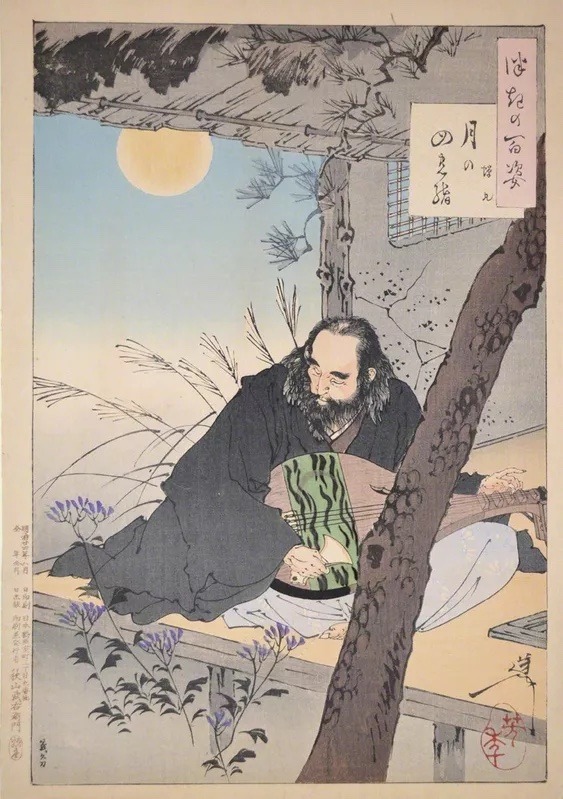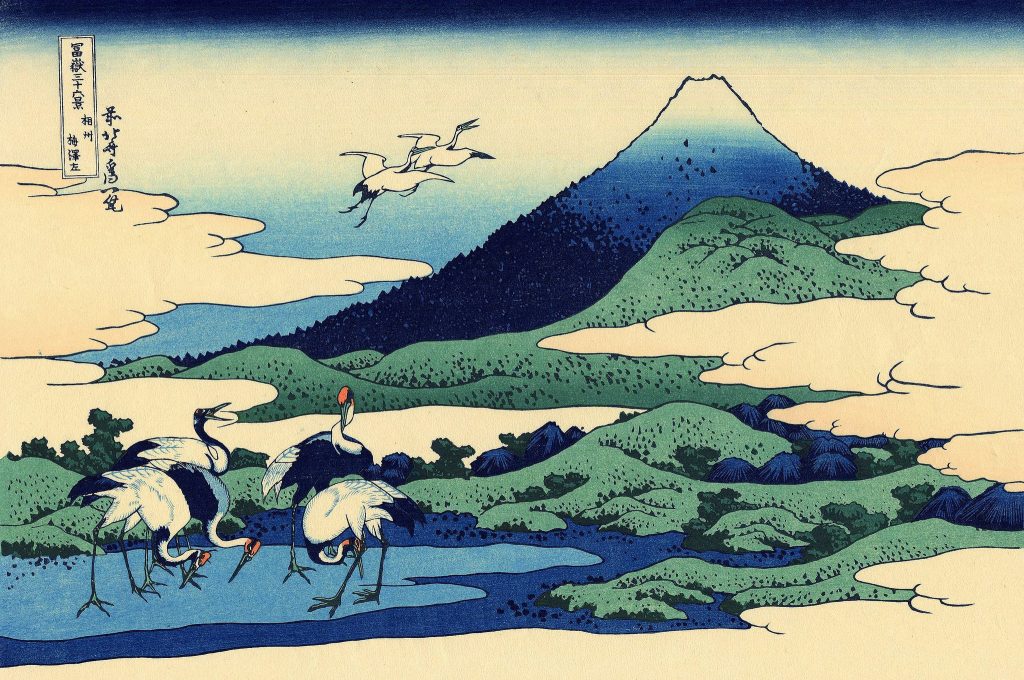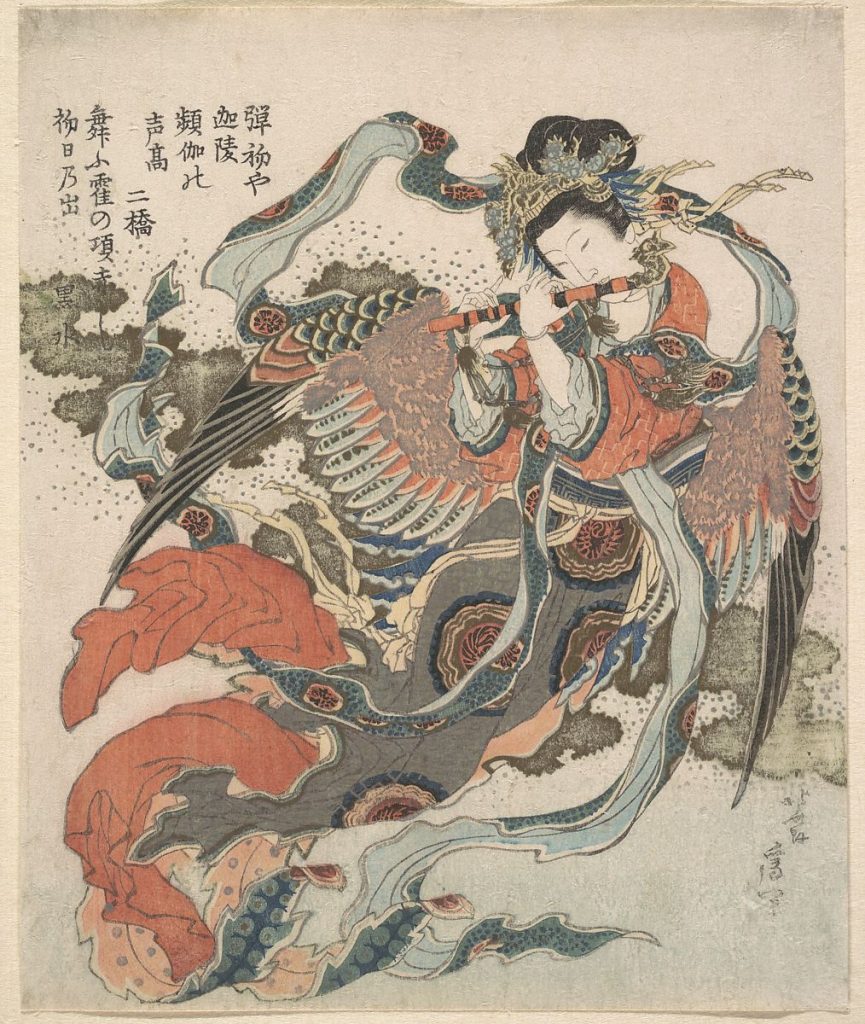The subject matter and brief history of Japanese Ukiyo-e
Art in Sakoku
The Japanese phrase Sakoku translates to “Locked Country” in which the ruling Shogunate of the Edo period severely restricted the borders to international trade and travel for 214 years. And during this time, the mysteries of Japanese art remained hidden from the world. However, once the Americans forced the Japanese to open trade through the Convention of Kanagawa treaties, the western world became enamored with the creative expressions of Japan. Paintings in ink, decorative ceramics, beautiful metalwork, ornate woodcraft, and block prints of beautiful colours poured from Japan.
Arrival in the West
Much of the art that was printed on Rice paper arrived in the West by a curios method. Many of the delicate three-dimensional works of art were wrapped in printed paper. A possible reason for this is that these prints depicted scenes that must have seemed very foreign to the rest of the world. And eventually, people began to realize the beauty of these works, known as Sumizuri-e (black and white prints) and Nishiki-e (colour prints). These names would be the precursors to the title ukiyo-e.

Enjoying the Transient Pleasures
During the Edo period, the Emporer required the various shogun to spend one year in the capital for every year they spent on their estates across the country. And a large number of samurai and other attendants followed in their wake. So to entertain this migrant community, the government formed an official pleasure district. Yoshiwara, as it was called, became a cultural hub for courtesans, early “celebrities”, Kabuki theatre, and other leisure activities. The fleeting nature of many of these experiences gave rise to the title of ukiyo-e. These were the block prints of this time that translates to “Pictures of the floating world”.

Beautiful and Unique Depictions
These pictures are most often what is associated with Japanese block printing in the modern-day. They are characterized by: soft gradients and variations of colour, the rendering of fabric patterns and natural elements as flattened and representational, and the subject matter ranging from beautiful landscapes to the explicitly erotic.
One of the most notable of this era of prints is Katsushika Hokusai’s depiction of “The Great Wave” that was part of the series “Thirty-six Views of Mt. Fuji”. He did many variations of the iconic mountain and hundreds of other pieces of varying subject matter.

Local Folklore
Other subject matters outside the ethereal landscapes and scandalous red-light district included: botanicals, common folk in rural areas, and folklore. Ukiyo-e was versed in spinning the tales of mythical heroes, fearsome yokai and oni, and revered Shinto deities. There was no shortage of fictitious creatures and characters to grace the artists’ pages.

Western Obsession
The French even developed a phrase to depict the obsession with the Japanese prints. This craze became known as “Japonisme” and the consumption of these art forms would have lasting effects on what art could be and how the world could be depicted.
Sources:
https://www.metmuseum.org/art/collection/search/36932
https://www.cnn.com/style/article/hokusai-great-wave-ukiyo-e-woodblock/index.html
https://www.christies.com/features/Collecting-guide-Japanese-woodblocks-10524-3.aspx
